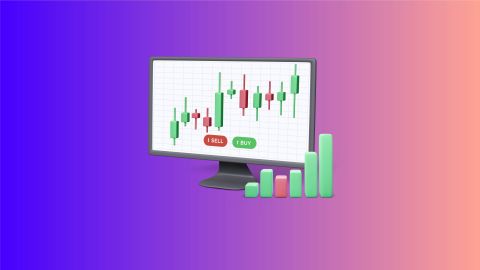Intraday trading, or day trading, involves buying and selling stocks within the same day, focusing on short-term market fluctuations. Positional trading, however, is a longer-term strategy where traders hold positions for several days to months, aiming to profit from more sustained market trends over time.
What is intraday trading?
Intraday trading, also referred to as day trading, involves buying and selling stocks within the same trading day. The aim is to capitalise on short-term price fluctuations. Traders can also benefit from falling prices by short selling, which involves selling borrowed shares with the intention of buying them back later at a lower price to return to the lender.
Advantages of intraday trading
Intraday trading offers several advantages, including the potential to earn quick profits by responding to daily market movements. Traders can also use leverage, which allows them to control larger positions with relatively less capital, potentially enhancing returns. Additionally, since all trades are settled by the end of the trading day, there is no exposure to risks that may arise from overnight market developments.
- Potential to earn profits within a short duration
- No exposure to overnight risks
- The benefit of higher leverage offered by stockbrokers
- Multiple trading opportunities in volatile markets
- No requirement for large capital outlays
Get SGX information easily
Disadvantages of intraday trading
Intraday trading also carries certain limitations, which include the following:
- High stress from constant market monitoring
- Increased risk of loss in volatile markets
- Potential for substantial losses due to higher leverage





